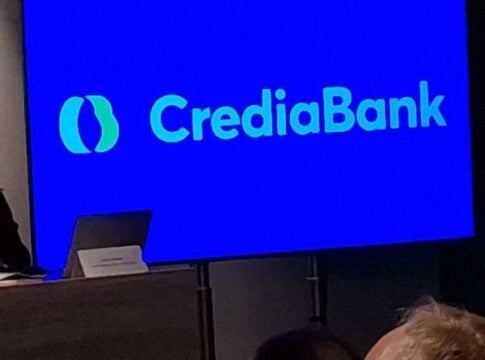Virtual Reality (VR) and Augmented Reality (AR) have penetrated technology and marketing, offering new possibilities for enhancing consumer experience and developing advertising campaigns.
As consumers increasingly demand innovative and interactive experiences, brands are looking for ways to leverage these technologies to strengthen their connection with their audience.
Augmented Reality (AR) combines the real world with digital information, allowing users to interact with elements that are not physically present around them. Through smartphones or special AR glasses, consumers can see advertising messages, products or services that emerge from their surroundings. A typical example is the ability to try on a product – such as clothing or furniture – in their own space, before buying it, without having to physically see it.
On the other hand, Virtual Reality (VR) creates a completely digital world, where users are disconnected from their physical environment and can have fully immersive experiences. Advertisers have the opportunity to design completely new, exciting experiences for consumers, allowing them to “experience” a product or service, through interaction. For example, a travel company can offer users a virtual tour of a destination, creating an experience that enhances the desire to purchase.
The use of these technologies also offers advertisers the ability to collect data with much greater accuracy. Consumers who interact with advertising messages in AR/VR environments provide valuable information about their preferences, their interaction with products and their reactions to specific stimuli. Something similar to what happens in Social Media. This data can be used to improve campaigns and personalize messages.













